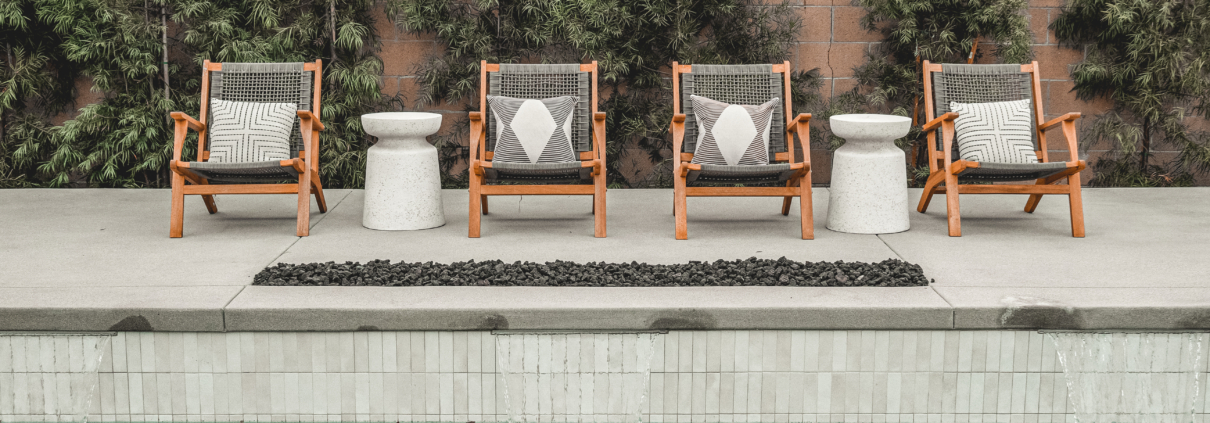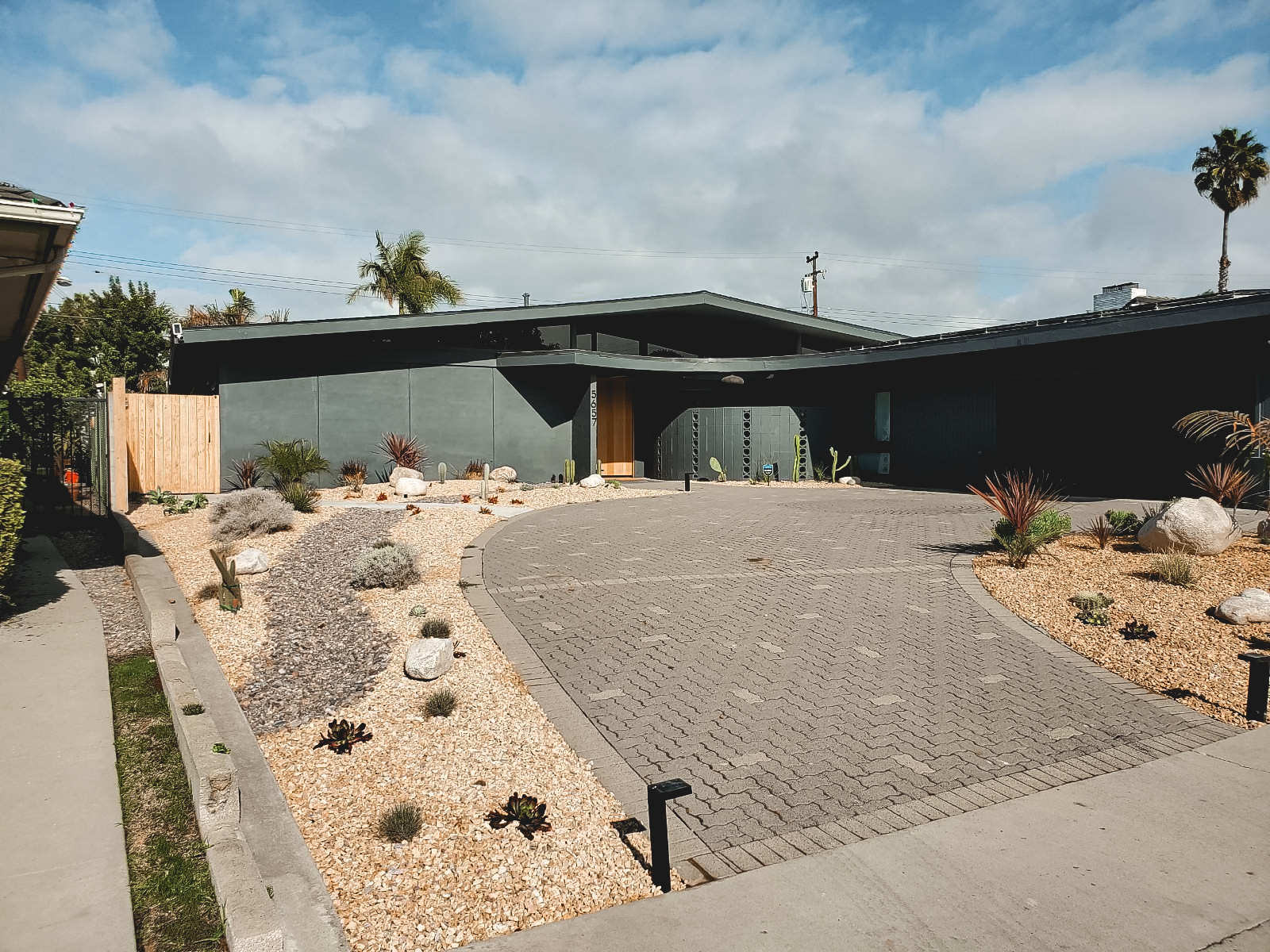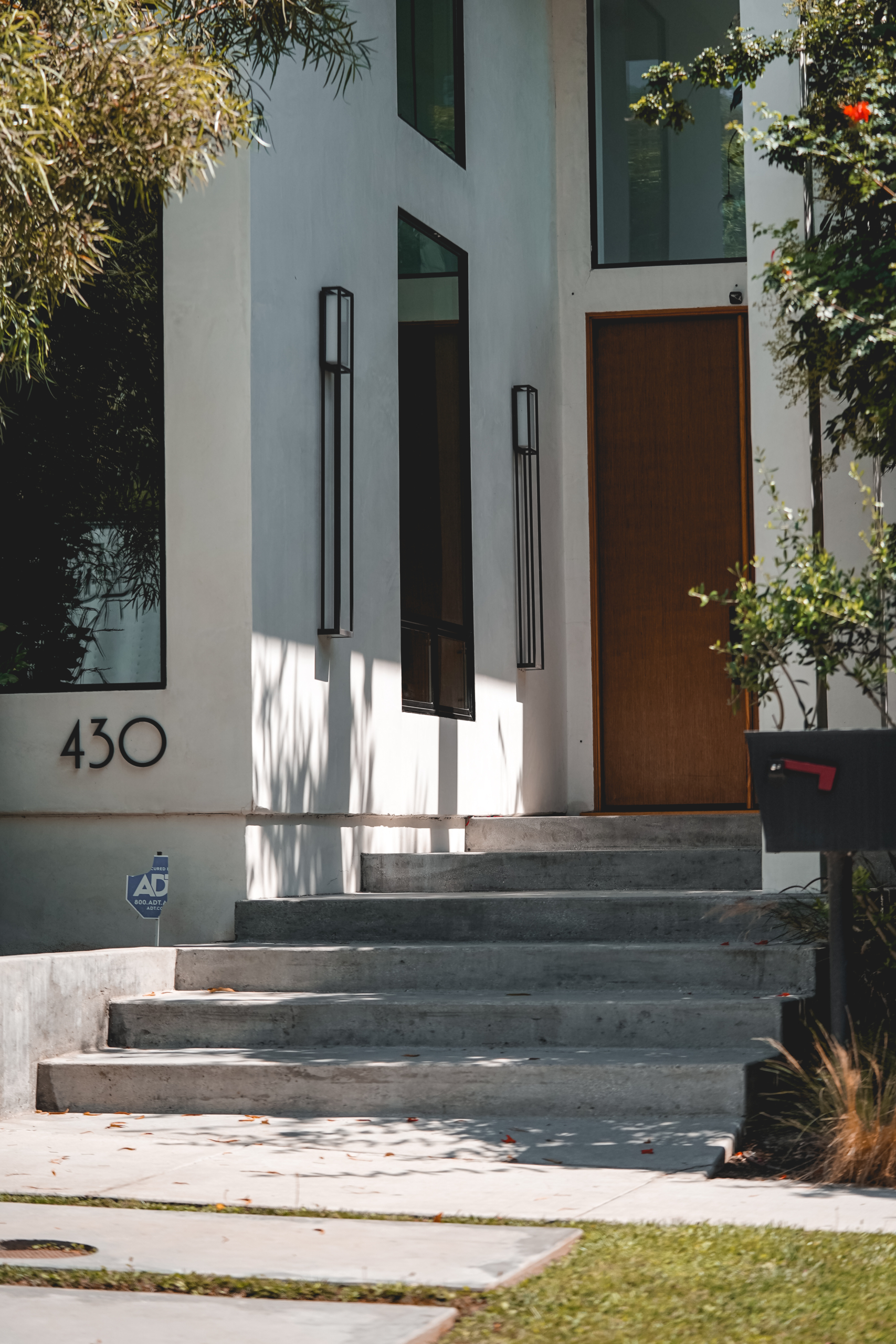Pool Installation: Orange County
A Beginner’s Guide to Pool Installation: What to Expect From Start to Splash
Installing a pool isn’t just about adding luxury to your backyard—it’s about creating a lifestyle. Whether you’re dreaming of weekend parties, morning laps, or a quiet escape after work, installing a pool can be a transformative investment for your home. But before you grab your floaties, it’s important to understand what the pool installation process really involves.
Step 1: Design & Planning
Every great pool starts with a vision. During this phase, homeowners collaborate with a pool contractor or designer to determine the type of pool (inground, above-ground, fiberglass, concrete, or vinyl liner), the shape, size, and any extra features like lighting, waterfalls, hot tubs, or tanning ledges.
You’ll also want to consider:
- Your yard’s layout and slope
- Sun exposure
- Local zoning regulations
- Utility lines
Permits are usually required before any work can begin, so make sure your contractor is familiar with the permitting process in your city or county.
Step 2: Excavation
Once the design is finalized and permits are secured, the real digging begins—literally. This step involves heavy machinery to dig out the shape of your pool. It’s messy and loud, but crucial. This phase usually takes 1–3 days depending on the pool size and complexity of your yard.
Pro tip: Talk with your installer about access points and how the excavation might impact surrounding landscaping or fences.
Step 3: Structure & Plumbing
This is where your pool begins to take shape:
- Rebar or steel frames are installed for structural support (especially with concrete pools).
- Plumbing and electrical are roughed in for features like jets, pumps, and lights.
- A concrete shell, fiberglass mold, or vinyl liner is then put in place, depending on your pool type.
Step 4: Decking & Coping
Once the pool structure is secure, the surrounding area is finished with decking (pavers, concrete, tile) and coping (the edge between the pool and the deck). This step also defines the style and functionality of the space—will it be a minimalist modern oasis or a tropical resort-style retreat?
Step 5: Filling & Finishing Touches
The pool is filled with water, and final details like tile, plaster, and landscaping are completed. This is also when your filtration system, heaters, and lighting are tested. Once everything checks out, you’re nearly ready to dive in.
How Long Does Pool Installation Take?
On average:
- Vinyl liner pools: 2–4 weeks
- Fiberglass pools: 2–3 weeks
- Concrete (gunite) pools: 6–10 weeks
Weather delays, permit issues, and custom features can extend the timeline—so build in some flexibility.
Budgeting for Installation
Pool installation costs vary widely, but here’s a rough range:
- Vinyl: $35,000 – $65,000
- Fiberglass: $45,000 – $85,000
- Concrete: $60,000 – $120,000+
Be sure to budget for ongoing maintenance, pool covers, and any upgrades down the road.
Final Thought
Installing a pool is a big project, but with the right team and preparation, it can be one of the most rewarding investments you’ll ever make in your home. It adds value, beauty, and a lot of fun. Just remember: good things take time, especially the kind worth swimming in.


